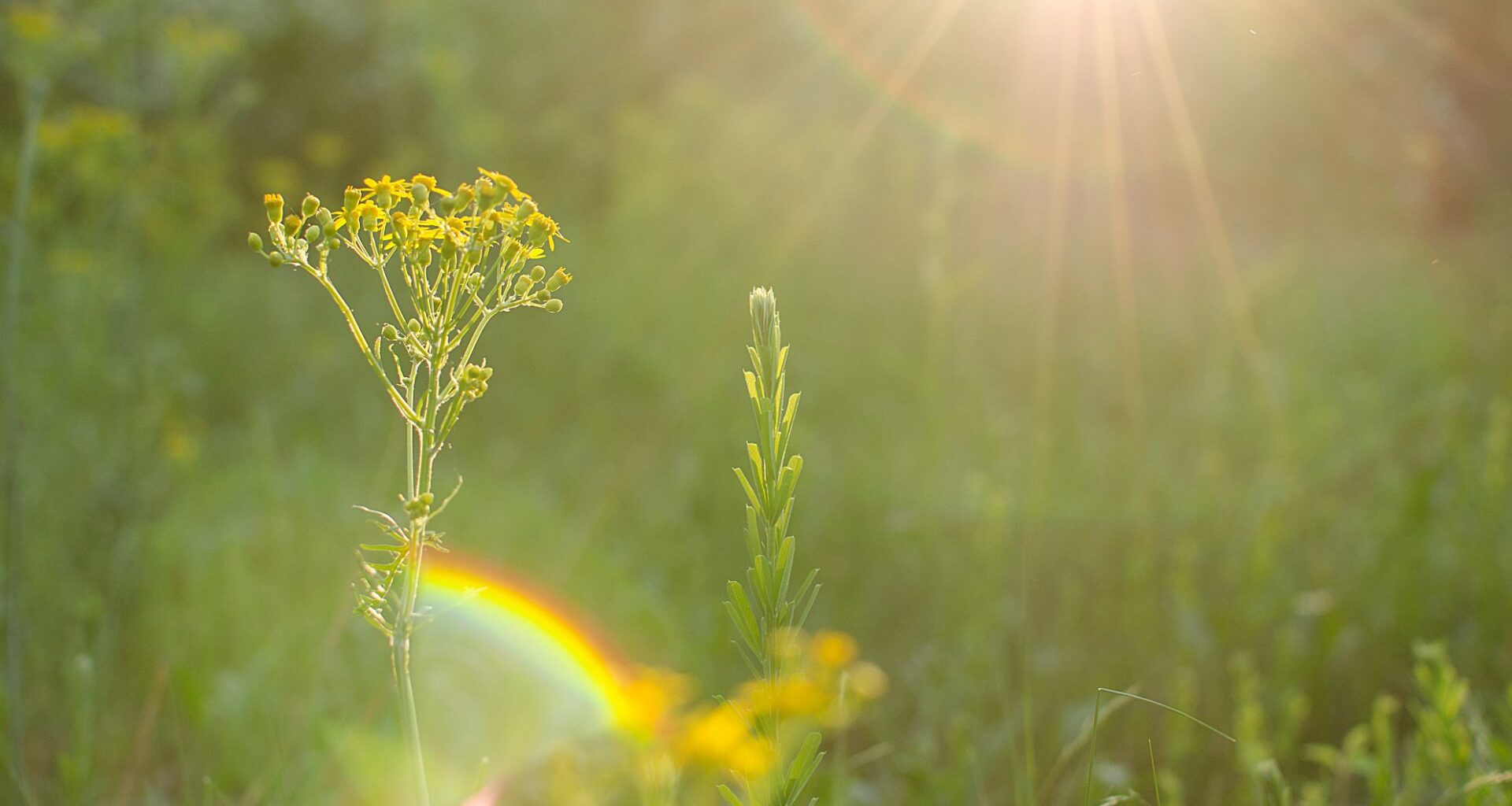Wederspahn also recommends the following resources:
- The End-of-Life University podcast, where experts discuss death rituals, hospice care and other topics
- The book 7 Lessons for Living from the Dying: How to Nurture What Really Matters by Karen Wyatt, a doctor who specializes in hospice care, about what she has learned from her patients on death and dying
- The books and blog of certified thanatologist (someone who studies death, grief and loss) Gail Rubin. “I like Gail’s approach because she maintains a sense of humor when dealing with potentially heavy end-of-life issues,” says Wederspahn.
Include dying people in your everyday life
Older adults today are often cared for in for-profit spaces, separated from their family and community in hospitals, nursing homes and then, when they die, funeral homes. “But we need to make more room for family and community participation, whether that’s additional time with their [loved ones], creating meaningful rituals or helping to provide those final acts of care. We need to help people speak more openly about death and dying,” says Sarah Chavez, 53, executive director and cofounder of the Death Positive Movement, which began in 2011 to help people speak more openly about death, dying and end-of-life plans.
“We are so far removed from knowing what death looks like anymore. I think it creates this kind of breeding ground for our imaginations to run wild,” says Los Angeles–based Chavez.
Share your end-of-life wishes. encourage loved ones to do the same
Chavez points out that we tend to plan for many major life events — getting married, buying a house, moving after retirement — but neglect to talk with family and friends about how we want to receive end-of-life care.
Have that conversation. It can bring some comfort, says Chavez, who counts experiencing pain while dying as one of her biggest fears. For example, quality of life is more important to her than life-sustaining interventions, and she has made sure her loved ones know that.
“I always say that end-of-life planning should not occur on the deathbed,” she says.
Planning for your death is a way to preserve your personal agency, says Wederspahn: “If you do what’s required to be prepared so that you have more choice at the end of life, you lose some fear [that] other people are going to take things over and make decisions for you and treat you in a way that exacerbatedthe pain of dying.”
Find a way to keep your legacy alive
When we think about how individuals who’ve died have impacted our lives, we often start wondering about the mark we might make on others, says Erin E. Emery-Tiburcio, a geropsychologist (a psychologist who specializes in aging and older adults), professor and codirector of the Rush Center for Excellence in Aging in Chicago. “We can’t necessarily control how we impact the world or other people, but at least we can make efforts in that direction to be more likely that we will be able to leave the legacies that we desire,” Emery-Tiburcio says.
Whether or not you believe you’re close to death, it can be meaningful to share with your family the items and memories you want them to hold dear and pass down after you’re gone. If a holiday hallmark for the family is Grandma’s cake, says Chavez, make sure she writes that recipe down for younger generations. (Depending on the circumstances, it may even be special to have Grandma bake the cake one last time so pieces can go in the freezer, she notes.)
